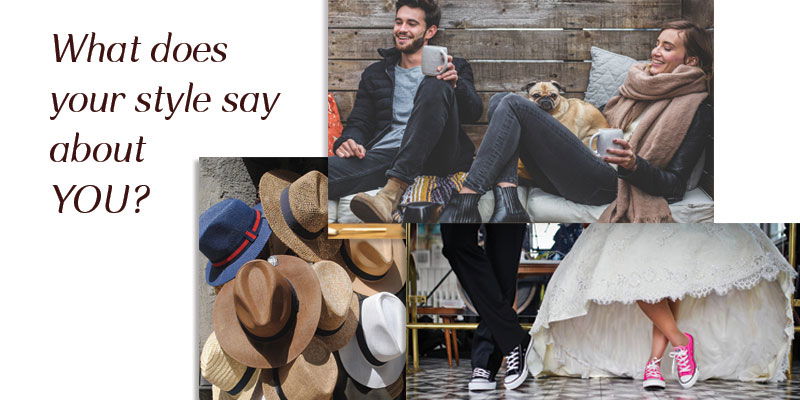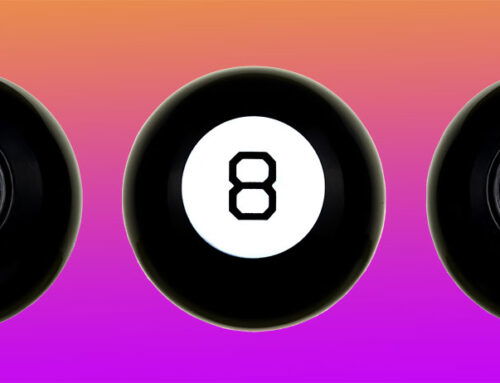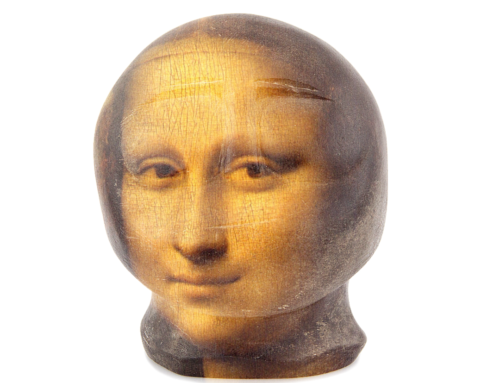
We dress considering physical comfort and focus on the norm for the occasion – what our peers will find acceptable – and in some circumstances, what will make us stand out, such as at a party. Compliments on our appearance reflect on our taste in fashions, elevate our social acceptability to some extent, and, understandably, give us pleasure. In special events, such as the Oscars ceremony, the dress choice even becomes competitive. “Wow, she looked terrific in that lavender dress, and the lace fringes – spectacular!” receives accolades, while, “That dress is old-fashioned and makes her look fat, and the high neckline – ugh!” becomes a devastating headline for the winner of the worst dress category.
Historical Roles
Clothes play historical roles as well. For example, when we see photographs or movies of past eras, clothes appear like costumes that define the social and economic structure of the times. Members of royalty strut in dazzling color and ostentatious threads, and the knights’ prestige shines on their polished armor, while the unfortunate, downtrodden commoners are recognized by their rags. There’s no mistaking a beggar for a Duke in the Renaissance. No one in a past era, however, would have considered their daily clothes as a costume. Yet, their dress would have been a flag, an identifying “uniform” as it were, within the social hierarchy.
Identity Roles
This is true today as well, although less so, yet no one considers their apparel as costumes. Commerce, a large middle class and greater tolerance have relaxed the dress codes and given us more choice. Nonetheless, when we decide what to wear, and when, and where, we are still advertising who we are or, at least, who we want to be. Consider the different professions: lawyer/suit; doctor/spotless white lab coat; scientist/ worn lab coat, no doubt soiled a bit; salesman/coat and tie; athlete/sweatshirt, running shoes; and so forth. The list is extensive. Our clothes are symbols of identity.
Personality Projections
Clothes also project personality, regardless of identity. My brother-in-law Larry, a physicist, always wore socks that were bright orange, the color of the University of Texas where he worked, whether the occasion was chic or ultra-casual. Whatever he might have felt like at the moment, those orange socks branded him as eccentric, a non-conformist, which he was to some extent. The current Democratic candidate for president, Andrew Yang, who alone didn’t wear a tie at the televised debates, provides a different example of personality projected by dress. Yang stood out as an independent person, an outlier, different, by his apparel alone. In addition to clothes we wear project personality, they also affect how we feel – elegant, sloppy, an outcast or elitist – making outer garments project both externally and internally, no small matter in establishing who we are or want to be.
Animal Mimicry
Even animals have “clothes” of sorts in the form of design and coloration Some have colors, or change colors in order to blend with their surroundings as a way to avoid predators; some have designs resembling toxic species, which warn predators falsely not to eat them; and some are transparent, which makes them invisible to predators. Even consider the dazzling colors of birds to stand out and attract mates.
So, dress codes are a natural thing, but keep in mind that apparel is not the person underneath, and while the message may be often true, it can also be deceptive, complex and misrepresentative.






Leave A Comment